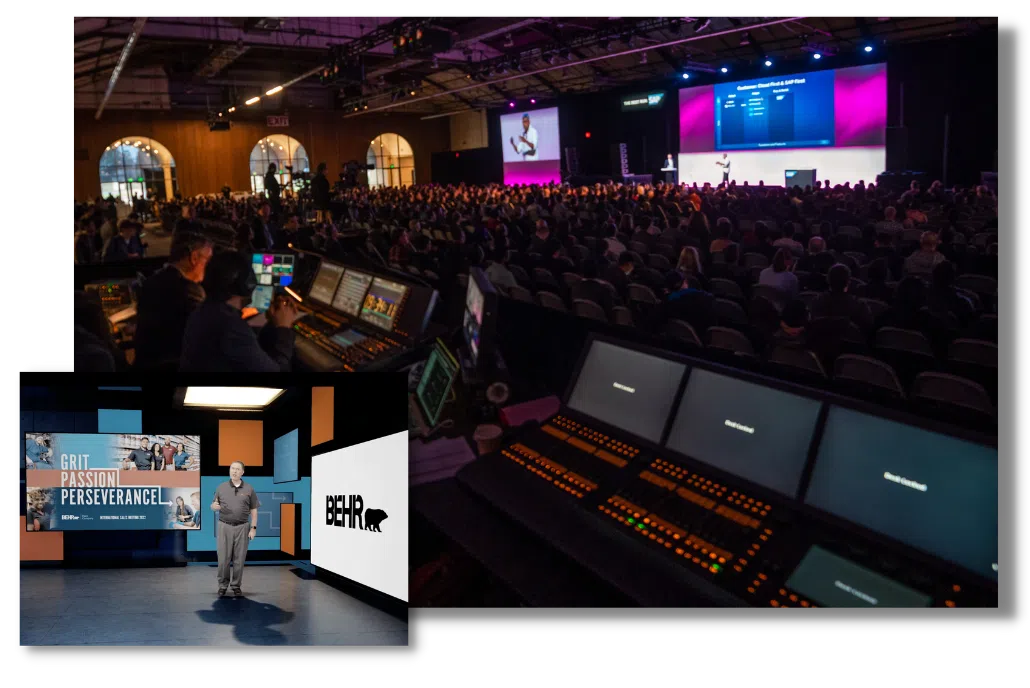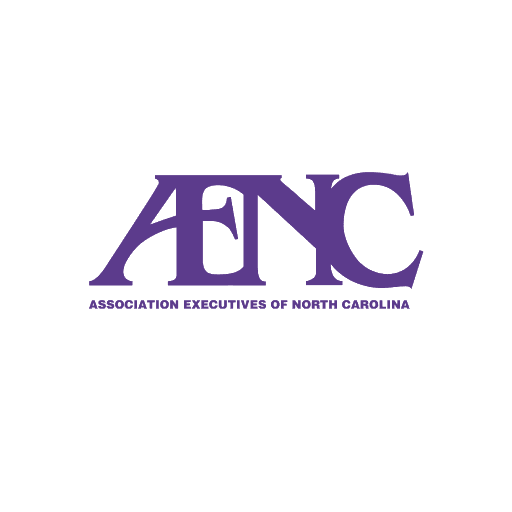Promotion strategies offered by production companies in charlotte nc
Comprehending Exactly How Production Companies Operate: A Guide to Their Process and Offerings
Production companies play a crucial function in bringing creative visions to life. Their operations encompass various phases, from the initial principle growth to the final distribution of a job. Each phase calls for mindful planning and coordination to assure success. Recognizing these processes can clarify the intricacies behind the scenes. What variables influence decision-making at each phase, and just how do they eventually form the last item?
The Idea Growth Phase
The idea growth phase acts as the structure of any type of effective manufacturing. During this stage, concepts are created, refined, and taken shape right into a coherent vision. Production teams participate in conceptualizing sessions, exploring different motifs and narratives that reverberate with target market. This stage needs collaboration among directors, writers, and manufacturers, that jointly assess the expediency and market possibility of these ideas.
Crucial element include establishing the target, genre, and tone demographic, which direct the creative process. Research plays a crucial duty, as groups assess fads and target market choices to educate their choices. Additionally, preliminary budgeting and resource evaluations begin, ensuring that the idea lines up with readily available abilities - production companies in charlotte nc. By the end of this stage, a solid concept arises, prepared for the subsequent phases of growth. This groundwork is vital for steering the complexities of production, inevitably setting the phase for a job's success
Pre-Production Planning and Control
After strengthening the concept, manufacturing teams relocate into pre-production preparation and coordination, a vital phase that entails organizing the logistics essential for bringing the vision to life. During this phase, different components collaborated, including manuscript finalization, spreading, location hunting, and budget administration. Teams establish timelines to assure that all aspects of the job align with the designated capturing schedule.
In addition, production organizers secure licenses and insurance policy, while liaising with staff members and suppliers to confirm schedule and resources (production companies in charlotte nc). This stage additionally highlights communication, as cooperation among supervisors, manufacturers, and department heads is important for smooth procedure
Furthermore, thorough planning assurances that prospective obstacles are identified and addressed proactively, decreasing interruptions throughout recording. Inevitably, reliable pre-production planning prepares for a successful shooting experience, guaranteeing that all elements are in location to accomplish the imaginative vision.
Production: The Filming Process
Recording changes the diligently intended vision right into fact, recording efficiencies, visuals, and audio in a natural fashion. This stage includes the partnership of different departments, including noise, cinematography, and production layout, each adding to the general aesthetic and narrative. The director overviews the stars, guaranteeing their performances align with the intended psychological tone, while the cinematographer catches the action through carefully picked shots and illumination methods.

Post-Production: Modifying and Finalization
When the shooting procedure is total, the emphasis moves to post-production, where the raw video footage is changed into a refined end product. This stage includes numerous crucial steps, beginning with modifying, where editors look through hours of video footage to choose the finest takes and assemble them into a coherent story. They function very closely with supervisors to ensure the vision is recognized.
Sound design is an additional critical facet, as audio tracks are improved, music is added, and audio results improve the seeing experience. Color correction adheres to, assuring aesthetic consistency and enhancing the state of mind of the movie. Visual effects, if called for, are incorporated perfectly to create immersive scenes.
The movie goes through a quality control procedure, inspecting for any kind of technical issues. This thorough interest to detail in post-production inevitably shapes the last product, readying it for the following stages of launch and audience interaction.

Circulation and Advertising And Marketing Strategies
An efficient circulation and advertising approach is essential for a film's success, as it identifies exactly how commonly the movie reaches its designated target market. Production companies commonly team up with distributors to develop a launch strategy, picking platforms such as theaters, streaming services, or digital downloads. A well-timed theatrical release can take full advantage of box office profits, specifically when straightened with movie events or seasonal patterns.
Advertising efforts typically include trailers, social networks campaigns, and promotional occasions to create buzz. Target target market evaluation plays a vital duty in crafting customized messages that reverberate with possible viewers.
Additionally, collaborations with sponsorships or influencers can intensify presence. The performance of these methods is determined through metrics like ticket sales and online engagement, educating future projects. Ultimately, a natural distribution and marketing method not just enhances a movie's presence yet likewise contributes considerably to its total earnings and durability on the market.
Regularly Asked Concerns
How Do Production Companies Secure Financing for Projects?
Production companies protected financing with numerous ways, including pre-sales, grants, exclusive financiers, crowdfunding, and collaborations with studios or representatives - production companies in charlotte nc. These techniques permit them to finance jobs and manage monetary threats efficiently throughout manufacturing
What Roles Do Manufacturers and Supervisors Play in a Production?
Producers look after project advancement, budgeting, and logistics, ensuring resources are offered. Supervisors focus on the innovative vision, leading stars and staff to achieve the preferred imaginative outcome, shaping the story and total production quality.
Exactly How Are Casting Choices Made for a Project?
Casting decisions are commonly made through auditions, where supervisors and manufacturers assess actors based upon their efficiency, viability for duties, and chemistry with various other cast members, typically affected by firm referrals or previous collaborations.
What Is the Typical Timeline for Completing a Film?
The typical timeline for finishing a movie commonly varies from one to 3 years. This consists of pre-production, filming, and post-production stages, with each phase varying considerably based on project scale and complexity.
How Do Production Companies Choose Locations for Filming?
Production companies choose filming locations based on factors like manuscript needs, spending plan restraints, accessibility, and visual allure. They usually perform area precursors to examine prospective sites and consider logistical aspects such as authorizations and area assistance. ## Recognizing Exactly How Production Companies Operate: A Guide to Their Process and Offerings.
Production companies play an essential duty in bringing imaginative visions to life. Their operations encompass various phases, from the first idea development to the final circulation of a job. Each phase calls for cautious planning and coordination to assure success. Comprehending these processes can lose light on the intricacies behind the scenes. What elements affect decision-making at each phase, and how do they inevitably form the end product?
The Idea Development Stage
The concept growth phase acts as the structure of any effective production. Throughout this stage, concepts are produced, refined, and taken shape into a coherent vision. Production groups take part in conceptualizing sessions, exploring numerous styles and stories see this that resonate with target market. This phase calls for collaboration amongst writers, manufacturers, and directors, that collectively examine the feasibility and market capacity of these concepts.
Crucial element include developing the category, target, and tone market, which guide the innovative procedure. Research plays a crucial function, as groups assess trends and target market preferences to notify their choices. Additionally, first budgeting and resource analyses begin, making sure that the principle aligns with readily available capabilities. By the end of this phase, a strong principle emerges, prepared for the subsequent phases of growth. This foundation is vital for navigating the intricacies of production, eventually setting the phase for a task's success.
Pre-Production Preparation and Coordination
After solidifying the idea, manufacturing teams move right into pre-production preparation and control, a crucial phase that includes arranging the logistics essential for bringing the vision to life. During this stage, numerous elements come together, including script finalization, casting, place hunting, and spending plan monitoring. Groups develop timelines to ensure that all elements of the job line up with the desired shooting timetable.
In addition, manufacturing organizers secure licenses and insurance, while liaising with staff members and vendors to validate schedule and sources. This phase also emphasizes interaction, as partnership among directors, manufacturers, and division heads is necessary for smooth operation.
Furthermore, detailed preparation assurances that prospective challenges are recognized and attended to proactively, reducing disruptions throughout shooting. Ultimately, efficient pre-production planning prepares for a successful capturing experience, guaranteeing that all parts are in area to fulfill the imaginative vision.
Production: The Filming Refine
Filming transforms the diligently prepared vision into truth, capturing efficiencies, visuals, and sound in a cohesive fashion. This phase entails the collaboration of numerous departments, including cinematography, audio, and production design, each adding to the overall visual and narrative. The director guides the stars, guaranteeing their performances align with the desired psychological tone, while the cinematographer catches the action via meticulously chosen shots and lights methods.
During recording, schedules are anchor tightly followed, as time and resources are frequently limited. Each scene is fired numerous times to achieve the desired high quality, with focus provided to framing, continuity, and sound clearness. The manufacturing group works vigilantly behind the scenes, managing devices, working with areas, and addressing any unexpected difficulties. This vibrant atmosphere promotes creative thinking and flexibility, inevitably generating the raw video that will certainly later be improved in post-production, establishing the phase for the last item.
Post-Production: Editing And Enhancing and Completion
As soon as the recording procedure is full, the emphasis moves to post-production, where the raw video footage is transformed into a refined final product. This phase involves several important actions, beginning with modifying, where editors sort with hours of footage to select the most effective takes and construct them right into a meaningful narrative. They work very closely with supervisors to ensure the vision is recognized.
Sound layout is an additional critical element, as audio tracks are fine-tuned, music is added, and audio impacts enhance the viewing experience. Shade improvement complies with, ensuring visual uniformity and improving the mood of the movie. Visual effects, if called for, are integrated seamlessly to develop immersive scenes.
The movie undertakes a high quality control procedure, inspecting for any type of technological problems. This thorough focus to detail in post-production inevitably forms the last item, readying it for the following stages of launch and audience involvement.
Distribution and Marketing Methods
An effective circulation and marketing method is important for a movie's success, as it identifies just how widely the film reaches its desired audience. Production companies normally collaborate with suppliers to develop a release strategy, picking platforms such as movie theaters, streaming solutions, or digital downloads. A well-timed theatrical release can make the most of ticket office revenue, particularly when straightened with movie festivals or seasonal fads.
Marketing efforts usually include trailers, social networks projects, and advertising events to produce buzz. Target target market analysis plays an important function in crafting customized messages that reverberate with possible viewers.
Additionally, partnerships with sponsorships or influencers can intensify visibility. The effectiveness of these techniques is determined with metrics like ticket sales and online involvement, educating future projects. Inevitably, a cohesive circulation and marketing approach not only enhances a film's visibility however likewise contributes significantly to its general success and durability out there.
Often Asked Concerns
Exactly How Do Production Companies Secure Funding for Projects?
Production companies protected funding through various means, including pre-sales, gives, exclusive financiers, crowdfunding, and collaborations with distributors or studios. These strategies permit them to fund jobs and handle financial risks properly throughout manufacturing.
What Functions Do Producers and Directors Play in a Production?
Producers oversee task growth, budgeting, and logistics, making sure resources are available. Directors concentrate on the innovative vision, directing actors visit homepage and staff to accomplish the preferred artistic outcome, forming the story and general manufacturing quality.
Just How Are Casting Decisions Made for a Task?
Casting decisions are usually made through tryouts, where producers and supervisors examine actors based on their efficiency, viability for roles, and chemistry with various other actors participants, frequently influenced by company referrals or previous partnerships.
What Is the Average Timeline for Finishing a Film?
The typical timeline for finishing a film usually varies from one to three years. This includes pre-production, recording, and post-production phases, with each stage varying substantially based on job range and complexity.
Just How Do Production Companies Select Places for Filming?

Production companies select shooting areas based on aspects like manuscript requirements, budget plan restraints, access, and aesthetic charm. They usually conduct place precursors to review potential sites and think about logistical facets such as authorizations and community support.
After solidifying the idea, production groups relocate into pre-production planning and sychronisation, a critical phase that involves organizing the logistics required for bringing the vision to life. Production companies select shooting places based on variables like manuscript needs, spending plan restraints, accessibility, and aesthetic appeal. The concept development phase offers as the structure of any kind of effective manufacturing. After strengthening the idea, manufacturing teams move into pre-production planning and coordination, a crucial phase that involves arranging the logistics essential for bringing the vision to life. Production companies pick recording places based on aspects like script requirements, budget constraints, access, and visual charm.